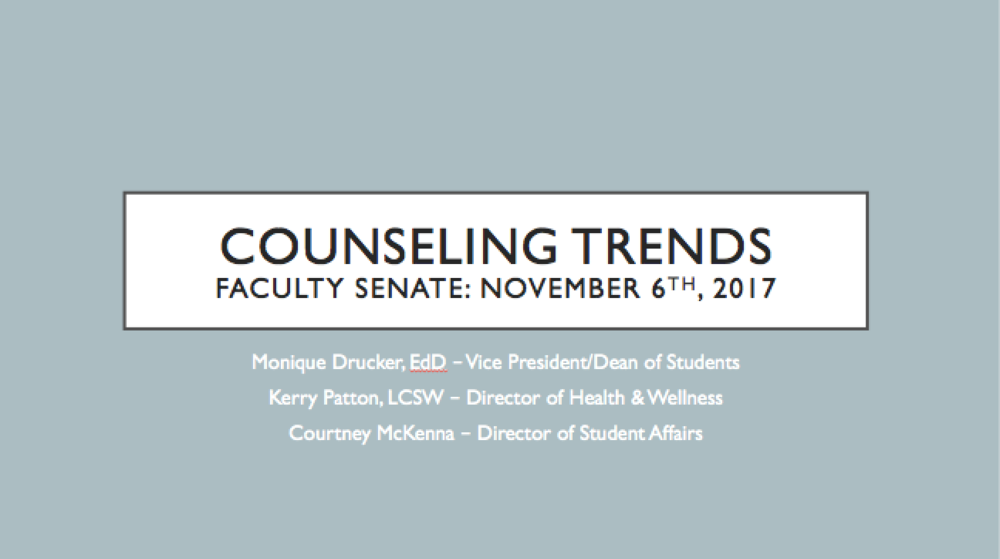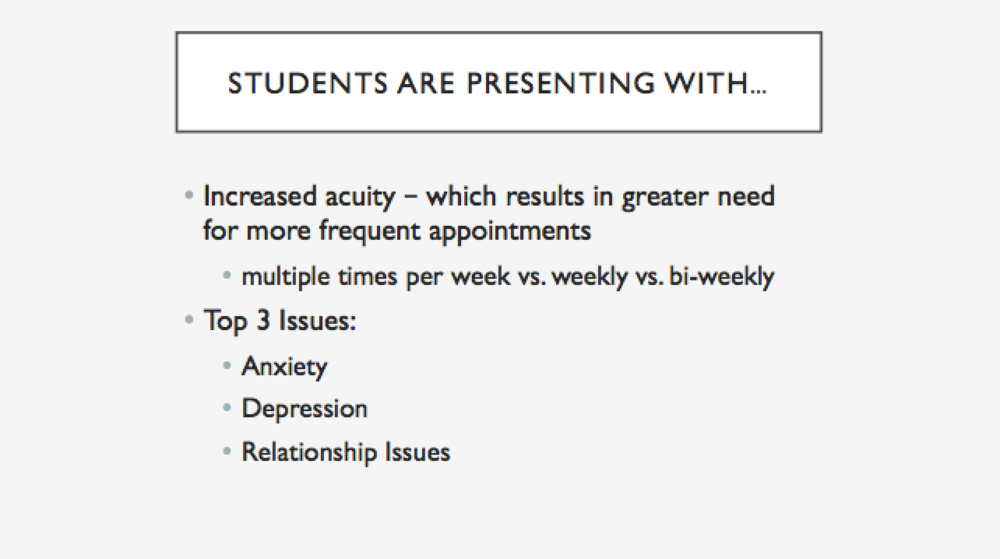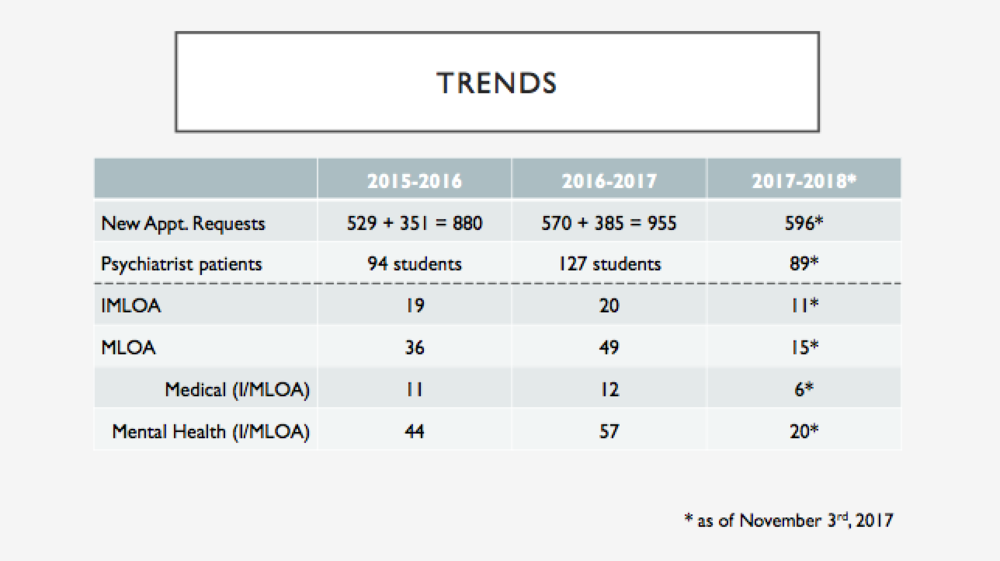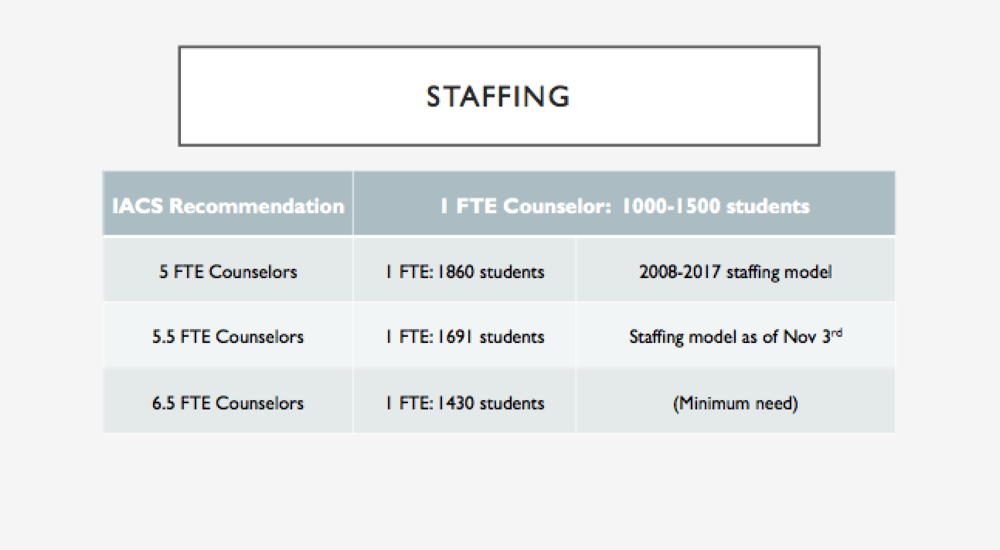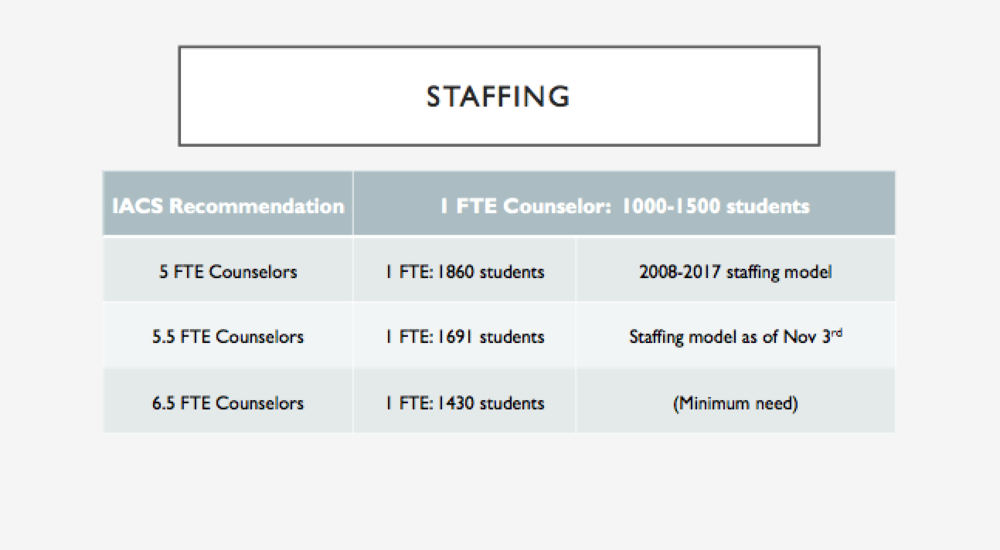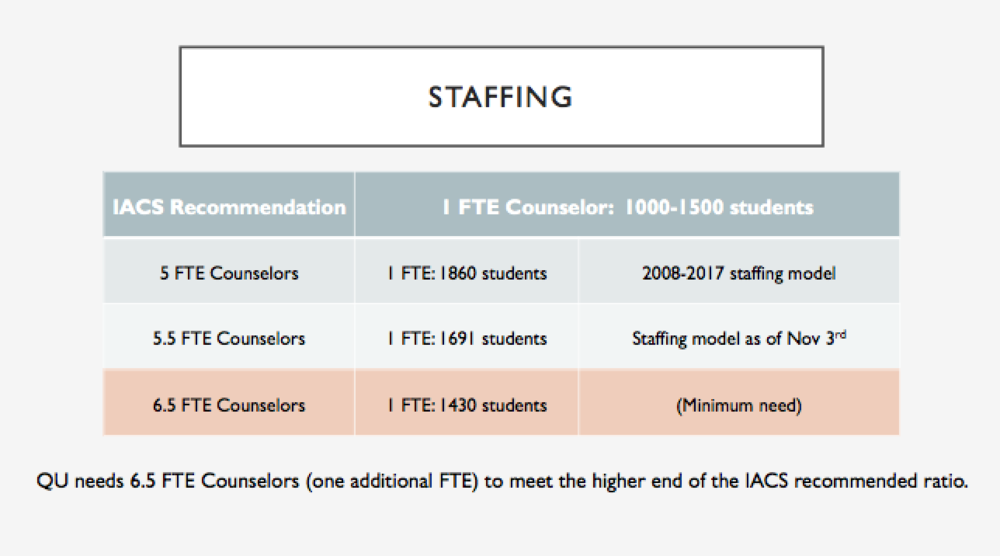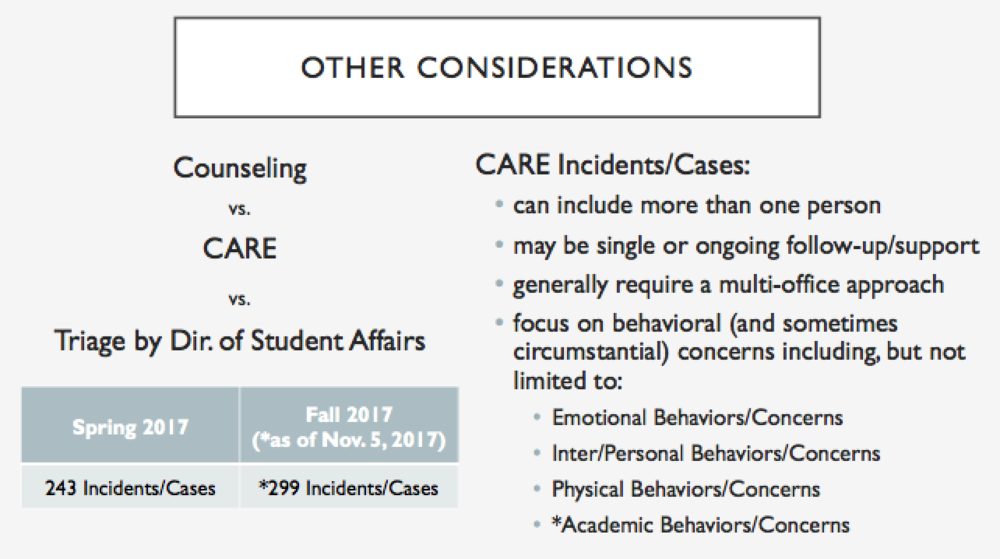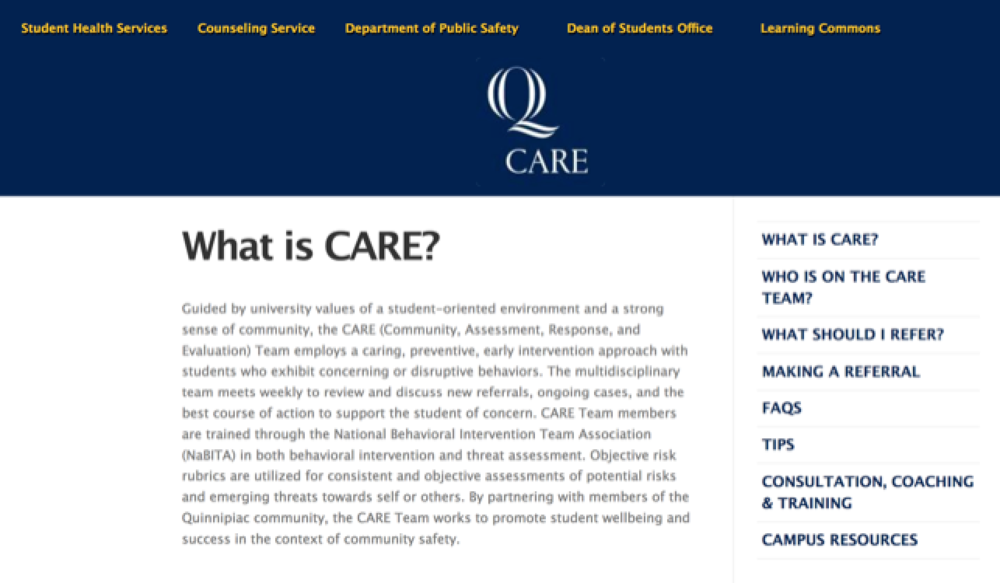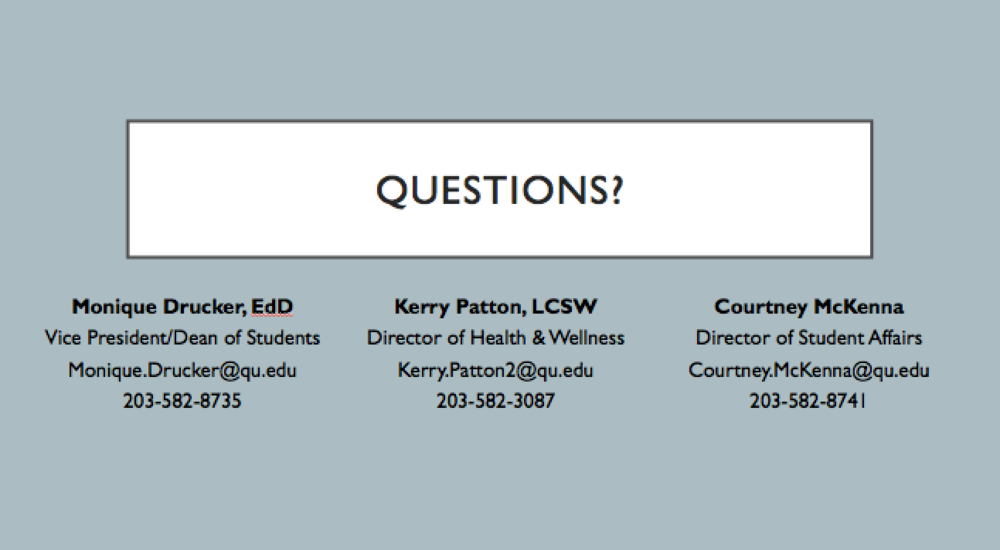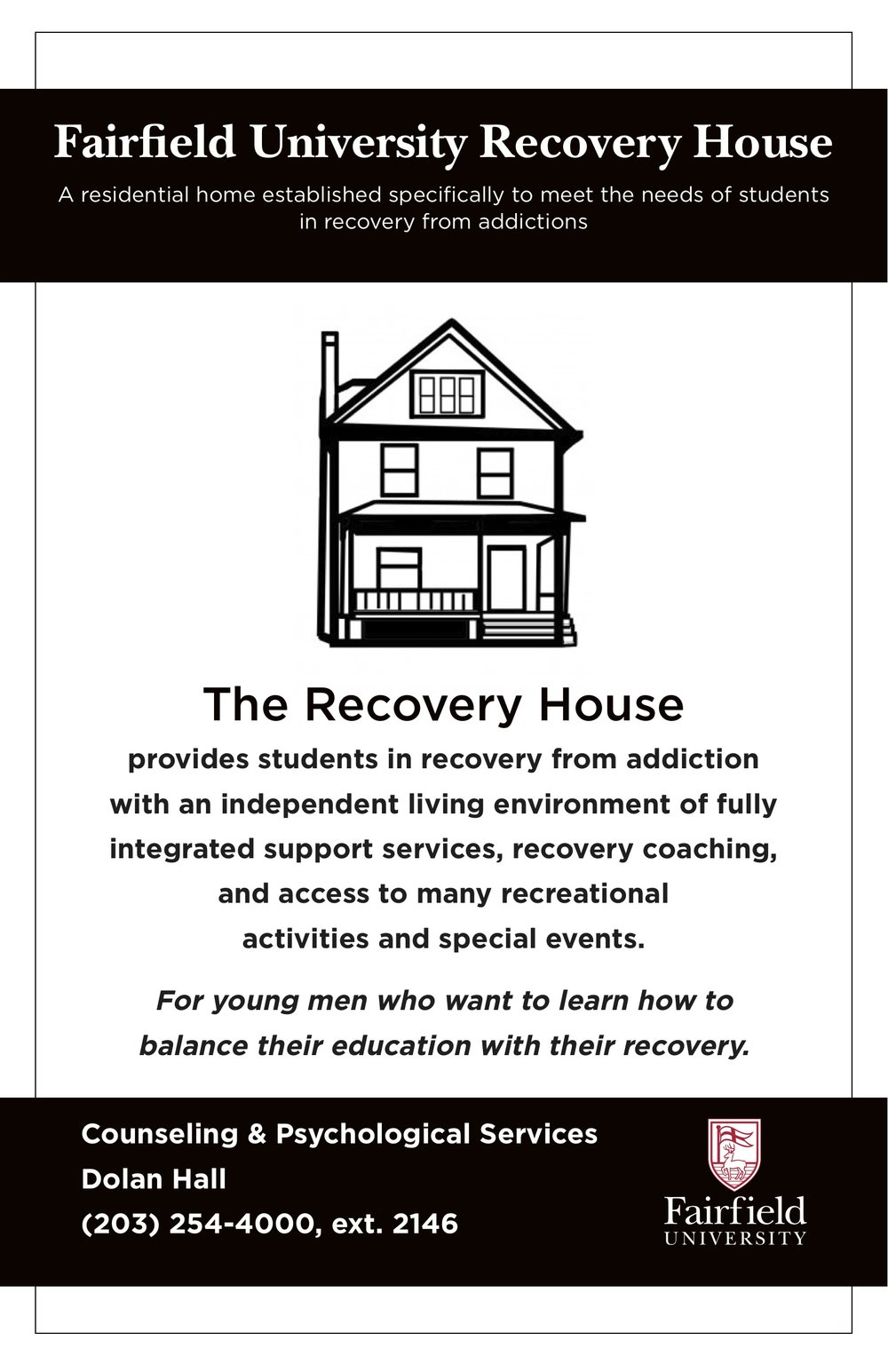By Shauna Golden
Sitting in a cubicle in the Sacred Heart University library, he heard what sounded like crying from a few seats over. As the cries grew louder, he could no longer ignore them.
He rose from his seat and temporarily abandoned his 15-page term paper. That was when he discovered the source of the cries: a young woman who was also studying for finals.
Cory Robinson, a second semester freshman at the time, is a member of the peer mentor program at Sacred Heart. As part of the program the school had trained him to help others struggling with mental health.
Approaching the young woman, Robinson asked her what was wrong. Overwhelmed by the stress of finals, she had started to break down. The two students exited the library and headed to the cafeteria.
Over a hot cup of coffee, Robinson offered his peer his support. He too was suffering from stress. As a mentor, he explained the counseling resources offered if she needed a little extra help, even if she just needed tools for stress management.
In the past five years, the number of students seeking counseling and psychological services in higher education has risen by roughly 30 percent, while student enrollment has grown by roughly 6 percent, according to the Center for Collegiate Mental Health. Many colleges and universities across the nation are struggling to meet this demand, and identify mental health a primary concern.
In fact, two-thirds of presidents and student affairs leaders say that mental health is their No. 1 concern outside of the classroom, according to a 2016 survey of 112 of these professionals from The Chronicle of Higher Education.
But universities have limited budgets to respond to this issue, and have had to make do and innovate with existing resources available to them.
The peer mentor program at Sacred Heart that Cory Robinson participates in is just one example of these innovative services. The use of therapy dogs to improve student well-being, is another approach that all of the schools use. Other examples include Sacred Heart’s “Zen Den” and Fairfield’s off-campus house for students recovering from substance abuse.
It’s clear that not all institutions are responding at the same pace.
At Quinnipiac University, some counselors admit that they are struggling to keep up with the demand, while peer institutions have successfully hired more counselors.
“We have had the same staffing since 2008, I believe, of five counselors” Quinnipiac University Health and Wellness Director, Kerry Patton, said. “So, due to the increase [of students seeking help], we’ve had a waitlist of one to two weeks for students to be seen.”
The International Association of Counseling Services recommends that colleges have at least one counselor per every 1,000-1,500 students.
Quinnipiac’s ratio is one counselor to every 1,800 students, which includes both graduate and undergraduate students.
Fairfield’s ratio is one staff member to every 403 students. Sacred Heart’s is one staff member to every 904 students. Both institutions only serve the undergraduate population.
Fairfield University Director of Counseling and Psychological Services, Susan Birge, criticized Quinnipiac’s current services. Birge believes the school advertises its counseling resources as better than they actually are.
Kerry Patton, Director of Health and Wellness at Quinnipiac, says she is aware that Quinnipiac is falling behind. Patton has recently introduced new group therapy programs, a new part-time counselor and educational program for resident assistants. Patton hopes to meet the suggested ratio requirement within the next few years, though the school must approve of the additions.
The most important practice that both Fairfield and Sacred Heart abide by in their services is the incorporation of mind and body.
“It’s all integrated. And so, that’s kind of what I think is ideal for a college campus,” Novella said.
Patton says she is continuously looking to services offered by schools, such as Sacred Heart and Fairfield, to follow their example.
Therapy Dogs
At Sacred Heart University, therapy dogs Leo and Scooter can be found in one of the main buildings on campus. Every other Thursday, students can stop by to play with them.
Quinnipiac, Fairfield, and Sacred Heart all bring in therapy dogs on a regular basis.The practice continues to be one of the most popular, and most successful, resources of which students take full advantage.
According to Robinson, the program is referred to as (Can) (I)ne help SHU. The school develops these visits into a learning opportunity for students. Depending on the week, peer educators will discuss specific tools with students on topics such as time management and stress relief.
Quinnipiac University offers its students opportunities to play with therapy dogs Ben and Tucker on several days leading up to finals week in both the spring and fall semesters. The dogs are typically found in the student center.
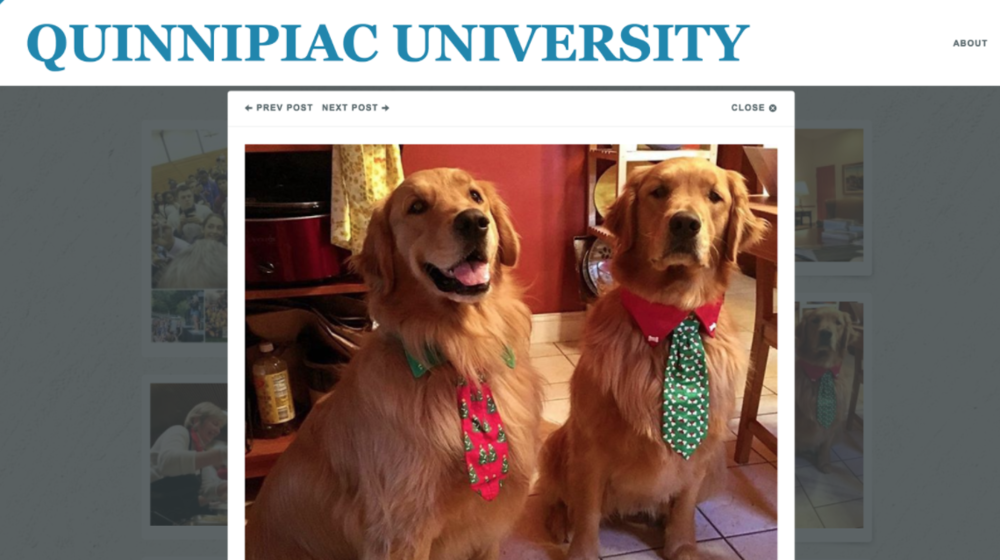
Ben and Tucker are American Canine Club-certified Canine Good Citizens. Students can play fetch and run around with them for a 4-hour time window each day they are there.
Unlike students at Sacred Heart and Quinnipiac, students at Fairfield University do not have to travel to various buildings to see therapy dogs. Therapy dog Olivia can be found right inside the Counseling and Psychological Services Center several times a week.
She has her own office full of toys. There is no door attached to the door frame, so students are able to stop by to say hello either before or after their counseling session.
group therapy
All three universities offer unique group therapy programs to their students. However, the programs are more successful at some schools than others.
At Fairfield University, there are eight different group therapy programs offered each semester. During the Spring 2017 Semester, the groups offered included: Understanding Self and Other, Recovery, Grief, Connections, CBT (Cognitive Behavioral Therapy) for Anxiety, CBT for Depression and The Power of Relaxation.
There was an average of five students who regularly attended each group therapy program. In total, 44 students attended group counseling at Fairfield University during the Spring 2017 Semester.
Comparatively, at Quinnipiac, there were only three groups offered during the 2016-2017 school year: A Mindfulness and Meditation Group Series, Hope and Healing Sexual Assault Support Group and The Art of Being Social.
Only one of the three groups was successful. According to Kerry Patton, the group therapy program for social anxiety was the one that seemed to draw students’ attention.
“We’ve been successful this semester. We’ve probably had a good handful, five or six students, that have been consistently coming,” Patton said, “So what’s great about that is that you’re meeting other students and they’ve been able to to connect with one another and do things outside of it, and that’s ultimately the goal, is to learn and be able to implement some of the skills you’re learning.”
The “Zen Den”
Sacred Heart offers a unique space for their students to unwind and relax. The room, attached to the health center, is referred to as the “Zen Den”.
According to Jocelyn Novella, the Director of Counseling at SHU, the space is equipped with an mp3 player with a selection of guided meditation sessions, a massage chair, and a “stress eraser” biofeedback advice. The space offers students a space to rejuvenate their mental health before things become beyond their control.
“What we’re always trying to figure out is how can you work more on preventing people from getting worse […] if we can work on the side of prevention, you know, all the better,” Novella said.
The Zen Den, introduced just three years ago, has been a success thus far. However, one of the downsides of the space is that because it is located in the counseling center, not all students feel comfortable accessing it.
Looking toward the future, Novella would like to see the Zen Den located to a different location, such as a residence hall. Currently, students who do not use the counseling services are too uncomfortable having to go to the health center to use the Zen Den.
“We think other students are less likely to come in and use it if they don’t come to the counseling center because they’re scared about walking into the counseling center,” Novella said.
Novella believes having the space in a more accessible and neutral area may compel even more students to take advantage of this resource.
Recovery Houses
One mental health resource that is completely unique to Fairfield University is its Collegiate Recovery Program. The program, introduced to the university in 2013, provides a strict regimen for students recovering from alcohol and drug addiction.
“We have two houses off campus, they’re beautiful homes, they’re great, and we have students in recovery living there.”
The program began with only one house, in which seven students lived. However, the program was so successful within its first year that they recently added a second off-campus house. According to Susan Birge, this program is the first collegiate recovery program in the Northeast to provide housing for its participants.
“We have two houses off campus, they’re beautiful homes, they’re great, and we have students in recovery living there. It’s a very structured program, it’s not like a sober house,” Birge said.
“They have to be in individual and group counseling, they have to go to 12-step meetings, they have to have urine drug screenings routinely, they have to have a sponsor in their program, and they have to go to academic advising. So we want everyone to do really well personally and academically.”
Peer Education Program
Sacred Heart University is the only school out of the three that offers a peer education program to its students. The program is called s.w.e.e.t. The acronym stands for Student Wellness Education and Empowerment Team.
The team consists of undergraduate students from every grade who work to give fellow students the tools they need to be both physically and mentally healthy.
“What we have is, we do have a peer education program called s.w.e.e.t and that is actually part of the counseling center. So the nice thing for us is that these are students who are trained by one of our staff members and then they do a lot of our outreach for us,” Novella said, “So it’s kind of like the outreach arm of the whole wellness center.”
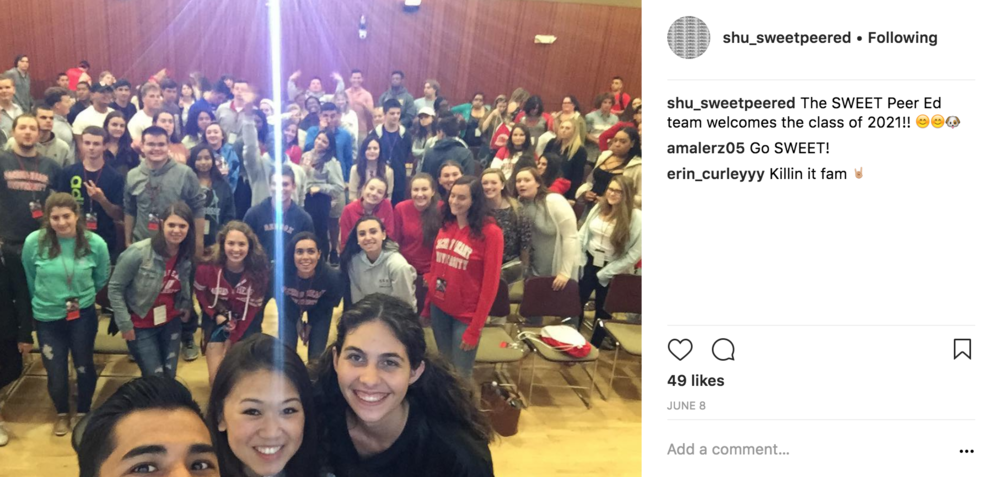
Cory Robinson, now a senior, joined the program his second semester of freshman year. Having struggled with mental health issues in both middle and high school, he felt inclined to give back.
“The resources I had in high school were in a peer mentorship [format] and they were extremely rewarding experiences,” Robinson said.
Robinson shared that although other student organization on campus provide social exposure and fun activities, he appreciates that the s.w.e.e.t program is able to discuss more serious topics. The program tackles a multitude of issues that are dependent on the time of year.
“We try to reduce the risk and have programs as often as possible, for things like registration, midterms and finals,” Robinson said. She has also been a mentor since her second semester of freshman year.
Amy Ricotta, a senior social work major, shares Robinson’s passion for participating in the peer education program.
She explained that providing support for fellow students is a large part of the peer education program. The s.w.e.e.t mentors understand that reaching out for help can be difficult. They do everything they can to assist others in need.
“If you want to [use the counseling services], go ahead, we’ll even walk you up there,” Ricotta said.
The s.w.e.e.t peer education program has been around since 2013 and grows each year. The program allows students to reach out for help to students their age who may have gone through a similar situation.
***
Today, as a senior, Cory Robinson works hard to provide as much care and support as he did to the student he found in the SHU library during his freshman year.
Over the past few years, he has watched parents grow more and more comfortable with sending their children to school. They are aware of the quality and variety of mental health resources provided with the school.
Though the demand for these services continues to increase, so does the school’s efforts to meet the demand. Robinson adds that students are content with how readily and easily accessible SHU’s services are.
As a student who proactively worked to help others in need as a peer mentor, Robinson is an example of how all schools should meet their students’ needs; by providing adequate mental health resources, colleges allow themselves to work on the side of prevention as opposed to having a large number of students who have reached a crisis point.
